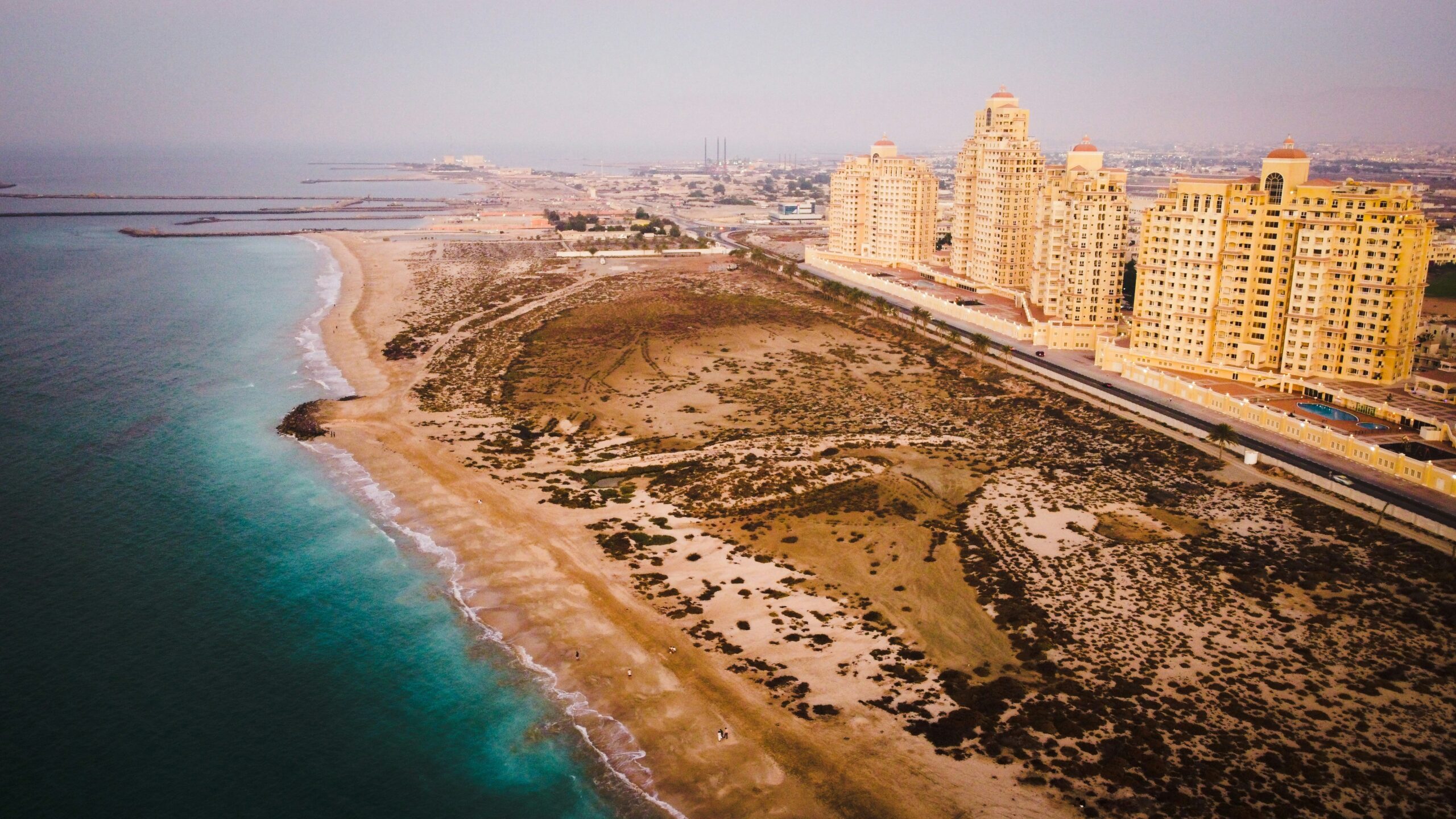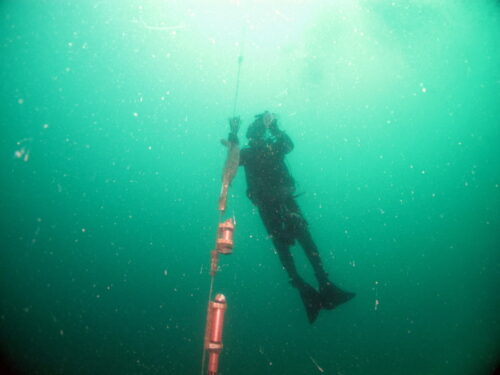
Monitoring Oxygen under Ice
November 17, 2014Understanding Nutrient Dispersion in the Arabian Gulf
Project Details
- PRODUCT(S): Cyclops-7 Logger, miniDOT® Logger
- APPLICATION: Coastal / Ocean
- PARAMETER: Chlorophyll, Dissolved Oxygen, Temperature
- LOCATION: Arabian Gulf
- ORGANIZATION: Department of Marine Sciences, Oceanography at Texas A&M University
- RECOGNITION: Dr. Ayal Anis, Texas A&M University

Case Study Description
Researchers at Texas A&M University are using the miniDOT loggers and Cyclops-7 Loggers to understand how water-borne substances (oil derivatives, sewage, pollutants, nutrients, sediments) are transported and dispersed within shallow water environments like the Arabian Gulf. Weather events, such as Shamals (a northwesterly wind that blows over Iraq and the Persian Gulf) can drive mixing processes that affect fragile ecosystems. A better understanding of these events will be invaluable to policy makers for managing natural resources in the area.
If the researchers are able to understand the physical processes, such as how flow responds to surface forcings (wind, waves, heat, tides) then we can more accurately predict what may happen to oil spills or any other pollutant: For example, will a Shamal (a local strong wind phenomena) drive oil spilled say near an oil terminal to offshore protected marine sanctuaries? How much time do managers have from response before the pollutant arrives at a specific sanctuary? Will mixing, resulting from this wind or other weather events, introduce a surface pollutant deeper into the water column and contaminate sediments?
For this study, the miniDOT loggers collect oxygen and temperature measurements and the Cyclops-7 Loggers collect Chlorophyll A measurements.


